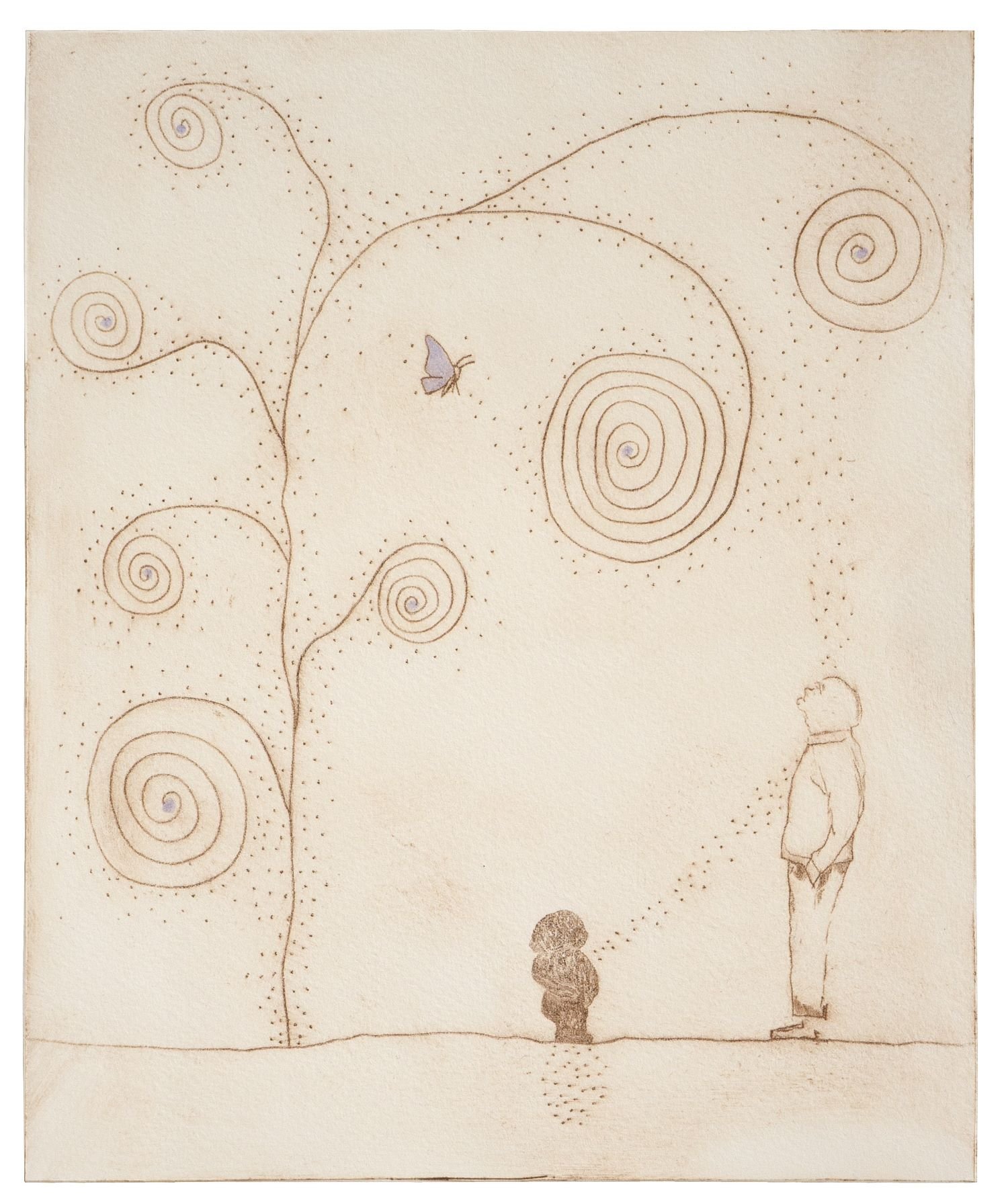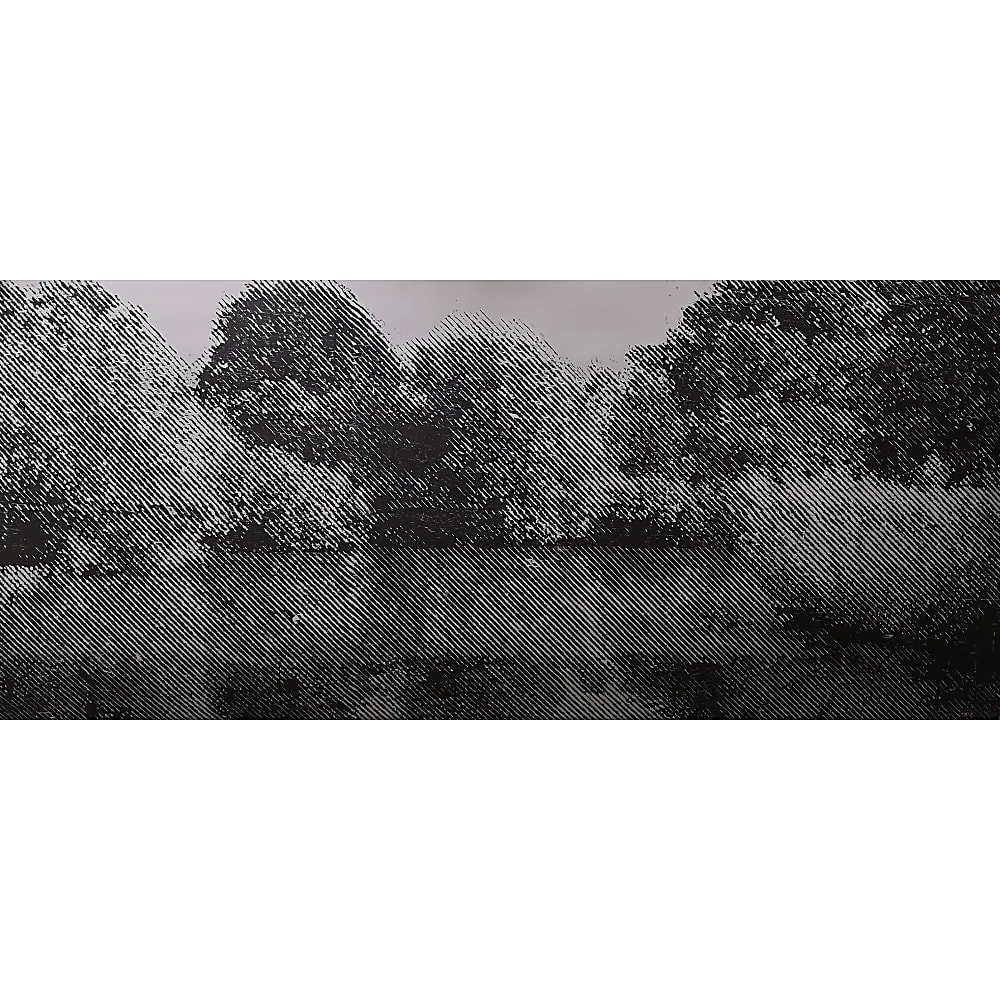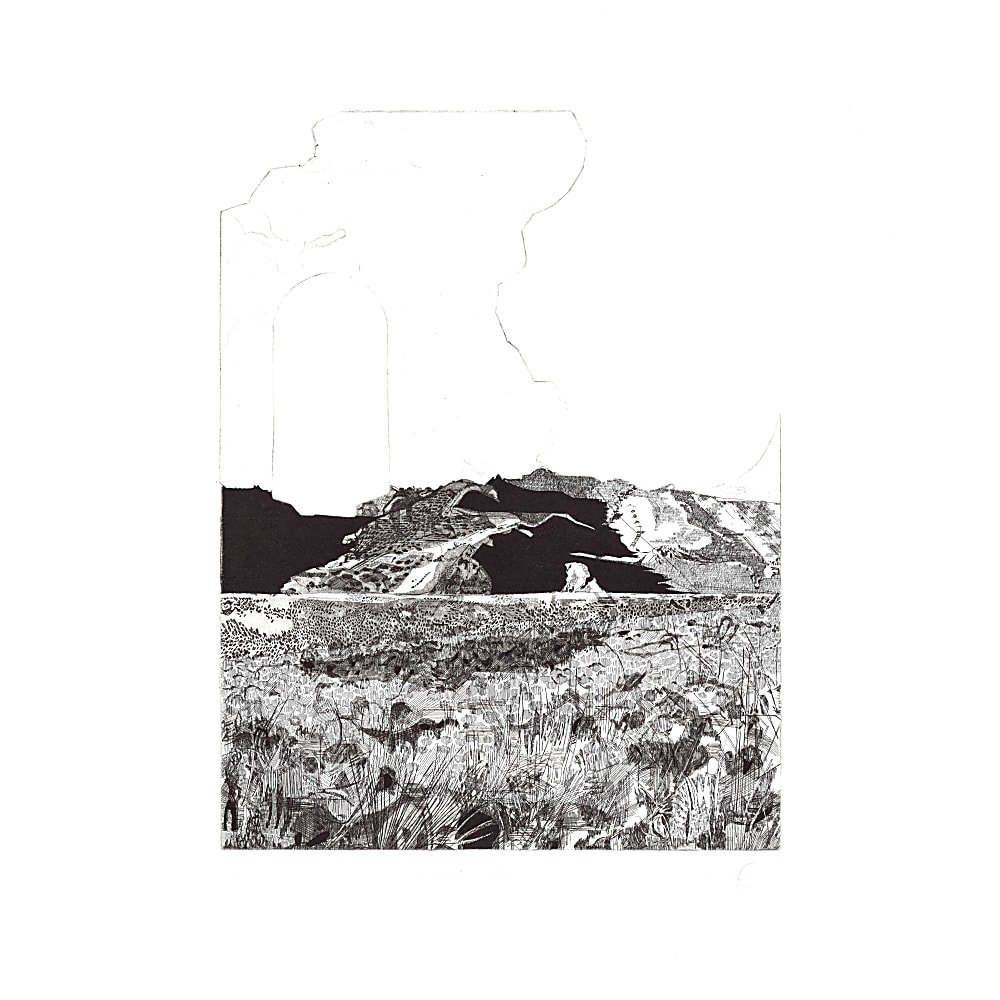Susan May
£0.00
Susan May’s printmaking work comprises small series of individual, unique prints, in which the elements are always evolving.
Susan uses the drawings she makes of industrial/urban landscapes, fairgrounds, building sites and prehistoric megaliths, as a starting point for printmaking work. The structures in the prints refer to elements taken from the drawings, placed in an invented landscape. The works are collagraphs, produced from experimental plates, which are made using a variety of materials which might include carborundum, rubber, paper, and board. These are then inked, and passed through the press, embossing the image onto the paper.
Although the constructed plates may be used more than once, the prints are all one offs.
Susan uses the drawings she makes of industrial/urban landscapes, fairgrounds, building sites and prehistoric megaliths, as a starting point for printmaking work. The structures in the prints refer to elements taken from the drawings, placed in an invented landscape. The works are collagraphs, produced from experimental plates, which are made using a variety of materials which might include carborundum, rubber, paper, and board. These are then inked, and passed through the press, embossing the image onto the paper.
Although the constructed plates may be used more than once, the prints are all one offs.
Susan May’s printmaking work comprises small series of individual, unique prints, in which the elements are always evolving.
Susan uses the drawings she makes of industrial/urban landscapes, fairgrounds, building sites and prehistoric megaliths, as a starting point for printmaking work. The structures in the prints refer to elements taken from the drawings, placed in an invented landscape. The works are collagraphs, produced from experimental plates, which are made using a variety of materials which might include carborundum, rubber, paper, and board. These are then inked, and passed through the press, embossing the image onto the paper.
Although the constructed plates may be used more than once, the prints are all one offs.
Susan uses the drawings she makes of industrial/urban landscapes, fairgrounds, building sites and prehistoric megaliths, as a starting point for printmaking work. The structures in the prints refer to elements taken from the drawings, placed in an invented landscape. The works are collagraphs, produced from experimental plates, which are made using a variety of materials which might include carborundum, rubber, paper, and board. These are then inked, and passed through the press, embossing the image onto the paper.
Although the constructed plates may be used more than once, the prints are all one offs.
Susan May’s printmaking work comprises small series of individual, unique prints, in which the elements are always evolving.
Susan uses the drawings she makes of industrial/urban landscapes, fairgrounds, building sites and prehistoric megaliths, as a starting point for printmaking work. The structures in the prints refer to elements taken from the drawings, placed in an invented landscape. The works are collagraphs, produced from experimental plates, which are made using a variety of materials which might include carborundum, rubber, paper, and board. These are then inked, and passed through the press, embossing the image onto the paper.
Although the constructed plates may be used more than once, the prints are all one offs.
Susan uses the drawings she makes of industrial/urban landscapes, fairgrounds, building sites and prehistoric megaliths, as a starting point for printmaking work. The structures in the prints refer to elements taken from the drawings, placed in an invented landscape. The works are collagraphs, produced from experimental plates, which are made using a variety of materials which might include carborundum, rubber, paper, and board. These are then inked, and passed through the press, embossing the image onto the paper.
Although the constructed plates may be used more than once, the prints are all one offs.






